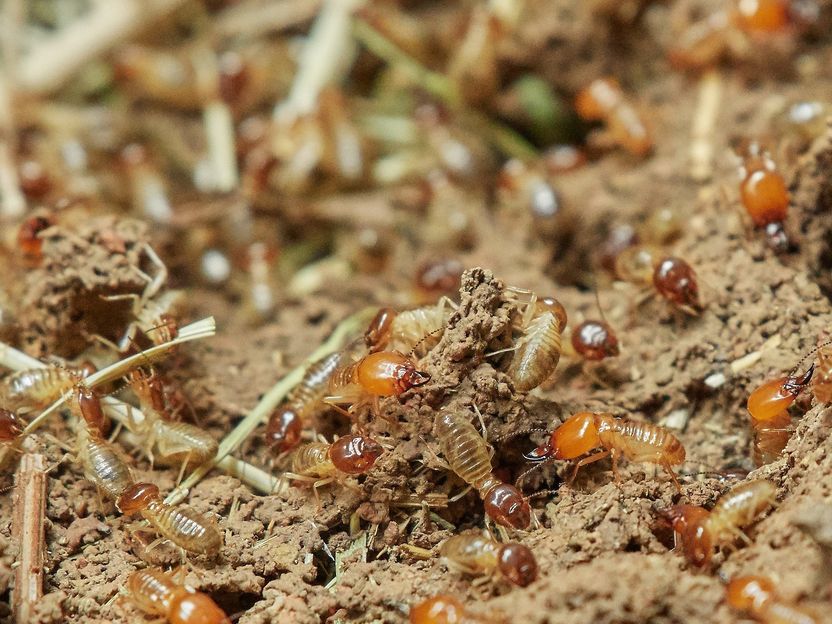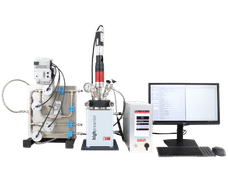Termite gut microbes could aid biofuel production
Microbes can help break down lignin
Advertisement
Wheat straw, the dried stalks left over from grain production, is a potential source of biofuels and commodity chemicals. But before straw can be converted to useful products by biorefineries, the polymers that make it up must be broken down into their building blocks. Now, researchers reporting in ACS Sustainable Chemistry & Engineering have found that microbes from the guts of certain termite species can help break down Lignin, a particularly tough polymer in straw.

Microbes in the guts of certain termite species could aid in the production of biofuel (symbolic image).
pixabay.com
In straw and other dried plant material, the three main polymers -- cellulose, hemicelluloses and lignin -- are interwoven into a complex 3D structure. The first two polymers are polysaccharides, which can be broken down into sugars and then converted to fuel in bioreactors. Lignin, on the other hand, is an aromatic polymer that can be converted to useful industrial chemicals. Enzymes from fungi can degrade lignin, which is the toughest of the three polymers to break down, but scientists are searching for bacterial enzymes that are easier to produce. In previous research, Guillermina Hernandez-Raquet and colleagues had shown that gut microbes from four termite species could degrade lignin in anaerobic bioreactors. Now, in a collaboration with Yuki Tobimatsu and Mirjam Kabel, they wanted to take a closer look at the process by which microbes from the wood-eating insects degrade lignin in wheat straw, and identify the modifications they make to this material.
The researchers added 500 guts from each of four higher termite species to separate anaerobic bioreactors and then added wheat straw as the sole carbon source. After 20 days, they compared the composition of the digested straw to that of untreated straw. All of the gut microbiomes degraded lignin (up to 37%), although they were more efficient at breaking down hemicelluloses (51%) and cellulose (41%). Lignin remaining in the straw had undergone chemical and structural changes, such as oxidation of some of its subunits. The researchers hypothesized that the efficient degradation of hemicelluloses by the microbes could have also increased the degradation of lignin that is cross-linked to the polysaccharides. In future work, the team wants to identify the microorganisms, enzymes and lignin degradation pathways responsible for these effects, which could find applications in lignocellulose biorefineries.































































